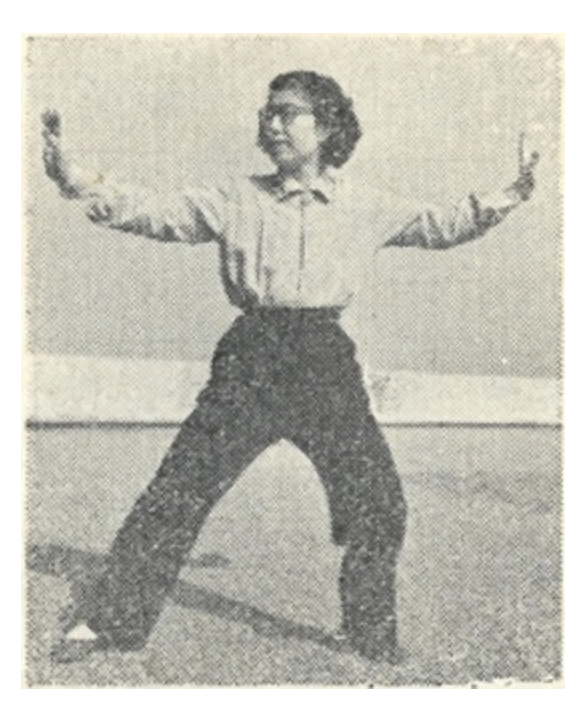
Back when I interviewed Michael Babin on my podcast he mentioned that in addition to Yang style he also practiced Sun style on the side. He felt he got quite a lot out of it because Sun style emphasised different things when compared to his main style.

I didn’t mention it at the time, but I also have a Tai Chi-style (1) that I do on the side, and I practice it for exactly the same reasons as Michael: I get things out of it that aren’t emphasised to the same extent in my main style.
While my Yang style uses deep, wide stances with obvious circular movement coming from the dantien, my side style has slightly higher, narrower stances and is less obviously centred around the dantien area. Both styles use whole body movement, but with the different physical emphasis there’s more headspace available to focus on other ways of achieving whole body movement – effectively making more use of opening and closing the body. I think that is also exactly how Sun style compliments Yang style, too. By practicing my side style I get to focus more exclusively on the opening and closing of the body, and I can then bring that back into my Yang style practice.
Of course, style purists will find fault with this approach. I’ve nothing against people who only practice one Tai Chi style all their life, or even practice only one martial art all their life. There’s definitely something to be said for ‘don’t fear the man who has practiced 10,000 techniques, but fear the man who has practiced one technique 10,000 times’. And, of course, any Tai Chi style should be enough, on its own, to take you to the highest levels of the art. But I think that if you only practice one style then it’s at least worth dabbling in another, just to get that new perspective on what you already do. In my experience this will make you a better Tai Chi practitioner and a more well-rounded martial artist, if for no other reason than you’ll gain experience of defending attacks from more than just one style.
When we look at well known martial arts masters of the past there’s a pervading view that they only practiced one style, or were only permitted to practice one style by their teachers, but history is full of examples of famous masters who were well known for cross training – Ku Yu Chang, Sun Lu Tang and Wang Xiangzhai, to name but 3.
In terms of biology, nature prefers diversity, if the gene pool of a species starts to become too small you get inbreeding leading to genetic defects. You can see this happen in marital arts styles that become too insular as well. They maintain their purity, but at what cost? They becoming dysfunctional.
I’m all for diversity in my martial arts training and in life.
—
- The side style of Tai Chi I practice is a UK-centric style called Li style. I’ve been doing it since the 90s and while my interest in it can wax and wane it’s been a constant for over 30 years now. The Li style form is a nice, relaxing form to do. It’s slightly controversial because you can’t find the style in China, which is an obvious red flag, but I stopped caring about that a long time ago. I do it because I enjoy it. If I didn’t enjoy it I wouldn’t do it. It doesn’t matter to me if it was “made up” in the 1950s, or not. I mean, at some point everything was “made up” anyway, right? So what matters is if you get something out of it and if you can do it following the Tai Chi principles, which in the case of Li style, you can.
Li style essentially looks a bit like Wu (Jianquan) stye. The form starts off following (very) roughly the same pattern as Wu Jianqan style, but after White Crane Spreads Wings it splits off into its own sequence, which is nothing like any other Tai Chi style I’ve seen before. It’s a very long form, with no repeated sections, and I’ve never quite been able to get to the end of it and remember all of it satisfactorily, but I can get quite a long way through it. Here’s a video of the Li form being done.






